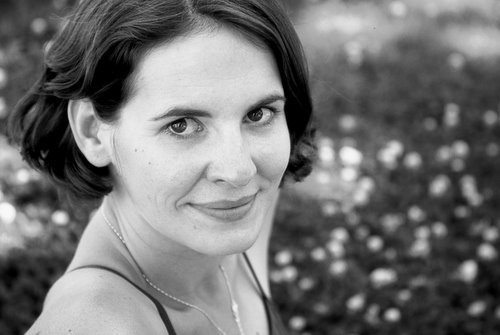Check out this beautiful video by Bobby Clennell, where sacred geometric patterns mingle with B.K.S. Iyengar's asana practice.
Saturday, January 26, 2008
Saturday, January 19, 2008
Vanda Scaravelli

An inspiring yogini, who spent time with and learned from B.K.S Iyengar and Krishnamurti and added some feminine softness to the teachings.
excerpt from Inspired by Vanda Scaravelli by June Durkin

"If you are kind to the body, it will respond in an incredible way."
Talk Ahimsa
Ahimsa, one of the yamas, means non-violence. On the yoga mat we try to avoid competitive, and berating thoughts and we try to repect our physical limitations. Ahimsa goes beyond the mat. In essence, it means to honor and respect life. It includes all aspects of life: non-violence towards ourselves, towards others, the planet, and the universe in general. It is not limited to physical violence, but applies to the mental level as well, including communication, which is the prevalent way of relating and connecting with others.
Here is a concept of ahimsa applied to communication: Non-violent Communication (NVC) was developed by Marshall B. Rosenberg, Ph.D http://www.cnvc.org/ and encourages to converse without emotional reaction to some expected outcome, but to simply observe. Very Yogic.
NVC consists of 4 steps:
- observing (stopping to recognize what is actually happening in the moment, rather than voicing your opinion about it)
- feeling (identifying the feelings arising in you and your sense of the feelings arising in others);
- needing (getting clear about what needs you and others might have in the situation); and
- requesting (asking to have those needs met) – often forgotten by me - i assume, my request should be clear by expressing my feeligns and needs. A clear request makes things a lot easier though.

